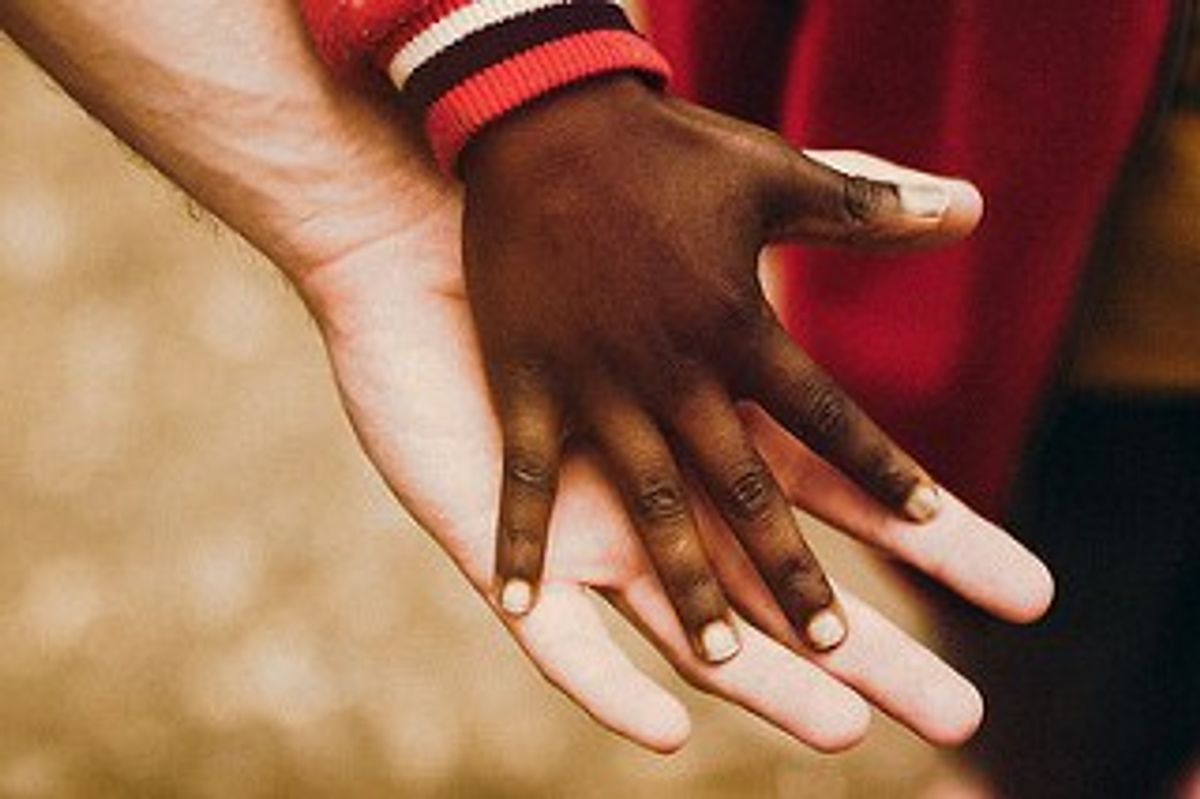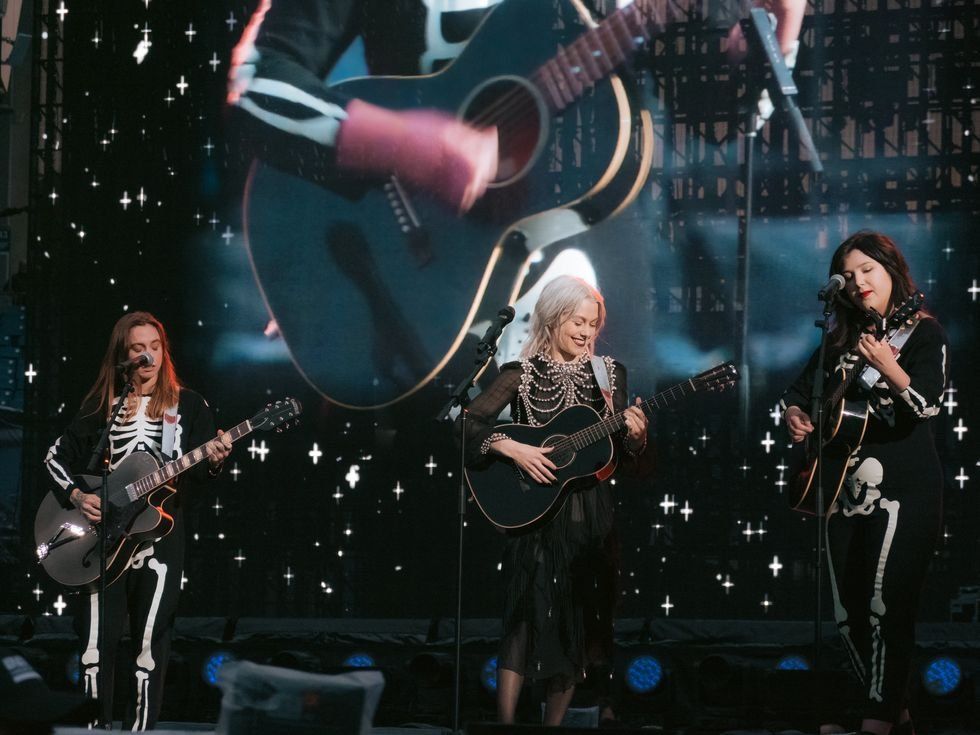“If you’re black, stay back;
if you’re brown, stick around;
if you’re yellow, you’re mellow;
if you’re white, you’re all right.”
Throughout humankind, there have been many wars that have peaked headlines and global interest but there is one war that has outlasted all precedent.
That war is within us, within the people around us, within our own race. That war deteriorates us from the inside out and it is called colorism.
What is colorism?
In a changing American culture with an increasing minority population, skin color is becoming a more common gauge for some Americans--of all races--to determine who fits in and who does not.
A caste system that novelist Alice Walker termed "colorism" has existed in the black community since slavery, stemmed from the hierarchy established by slave masters for the light-skinned blacks who worked in the house and dark-skinned slaves who tended the fields. (Washington Post)
Colorism is a form of intergroup stratification generally associated with Black people in the United States but present among all peoples of color.
Colorism subjectively ranks individuals according to the perceived color tones of their skin. People who "look white" receive preferential or prejudicial treatment both within and between races.
Social statuses, marriage desirability, economic and educational attainment often have been historically related to light skin tones.
Many racial groups are known to have pride in their heritage, culture, and roots, so is the fact that one race could be racist against their own kind preposterous? How did colorism surface?
In the United States colorism has its roots in slavery. That’s because slave-owners typically gave preferential treatment to slaves of lighter complexions.
While dark-skinned slaves toiled outdoors in the fields, their light-skinned counterparts usually worked indoors, completing domestic tasks that were far less grueling.
Slave-owners were partial to light-skinned slaves because they were often family members. Slave-owners frequently engaged in sexual intercourse with slave women, and light-skinned offspring were the telltale signs of these unions.
While the owners did not officially recognize their mixed-race children as blood, they gave them privileges that dark-skinned slaves did not enjoy. Accordingly, light skin came to be viewed as an asset among the slave community.
After slavery ended in the United States, colorism did not disappear forever. In black America, those with light skin received employment opportunities off limits to darker-skinned African Americans.
This is why upper-class families in black society were largely light-skinned. Soon light skin and privilege were considered one in the same in the black community, with light skin being the sole criterion for acceptance into the black aristocracy.
Upper echelon blacks routinely administered the brown paper bag test to determine if fellow blacks were light enough to socialize with. (“The paper bag would be held against your skin. And if you were darker than the paper bag, you weren’t admitted,” explained Marita Golden, author of "Don't Play in the Sun: One Woman's Journey Through the Color Complex.")
The lingering question is why is this relevant to our society now? We have a black president and live in a so-called post-racial society so why would race still be a question? Research shows that colorism yields real-world advantages for individuals with light skin.
For example, light-skinned Latinos make $5,000 more on average than dark-skinned Latinos, according to Shankar Vedantam, author of "The Hidden Brain: How Our Unconscious Minds Elect Presidents, Control Markets, Wage Wars and Save Our Lives."
Moreover, a Villanova University study of more than 12,000 African-American women imprisoned in North Carolina found that lighter-skinned black women received shorter sentences than their darker-skinned counterparts.
Previous research by Stanford psychologist Jennifer Eberhardt found that darker-skinned black defendants were two times more likely than lighter-skinned black defendants to get the death penalty for crimes involving white victims.
Colorism does not just play a role when it comes to work or in the criminal justice system but in the romantic realm as well.
Because fair skin is associated with beauty and status, light-skinned black women are more likely to be married than darker-skinned black women, according to some reports.
“We find that the light-skin shade as measured by survey interviewers is associated with about a 15 percent greater probability of marriage for young black women,” said researchers who conducted a study called “Shedding ‘Light’ on Marriage.”
Light skin is so coveted that whitening creams continue to be best-sellers in the U.S., Asia and other nations. Mexican-American women in Arizona, California and Texas have reportedly suffered mercury poisoning after turning to whitening creams to bleach their skin.
In India, popular skin-bleaching lines target both women and men with dark skin. Skin-bleaching cosmetics have persisted for decades, signaling the enduring legacy of colorism.
From Asia to India, from the United States to Africa, from Oprah to filmmakers such as Spike Lee, to playwrights such as May Miller, colorism had reached and impacted all fields, despite language and cultural barriers and remains prevalent in our society today.
In sum, colorism refers to discrimination based on skin color.
Colorism disadvantages dark-skinned people, while privileging those with lighter skin. Research has linked colorism to smaller incomes, lower marriage rates, longer prison terms and fewer job prospects for darker-skinned people.
Colorism has existed for centuries both in and outside of black America. That makes it a persistent form of discrimination that should be fought with the same urgency that racism is. Interracial colorism has played a significant role in the plethora of ills that exist among people of color.
In the millennium, colorism is still an issue that continues to separate and divide people of color.
Despite the overabundance of insidious discriminatory acts inflicted upon people of color, acts of discrimination occurring among members belonging to the same racial group are just as insidious.
W.E.B. Du Bois once wrote, “for the problem of the twentieth century is the problem of the color-line”. “The problem of the twenty-first century is still the problem of the color line" (Culbreth, 2006).
“As an individual of color, it is extremely hard, especially as a female, to grow up in a society such as this. Our past is poisoning our future and unless we surpass the skin barrier, we are limiting bright opportunities and trapping ourselves in a stagnant river that will only leave us to drown in our own ignorance.”




 Energetic dance performance under the spotlight.
Energetic dance performance under the spotlight. Taylor Swift in a purple coat, captivating the crowd on stage.
Taylor Swift in a purple coat, captivating the crowd on stage. Taylor Swift shines on stage in a sparkling outfit and boots.
Taylor Swift shines on stage in a sparkling outfit and boots. Taylor Swift and Phoebe Bridgers sharing a joyful duet on stage.
Taylor Swift and Phoebe Bridgers sharing a joyful duet on stage.













